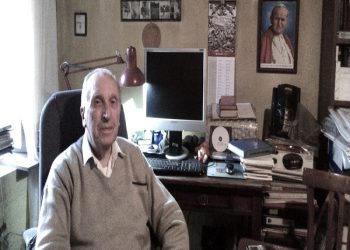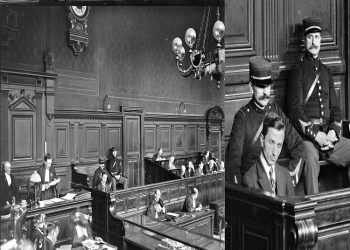By Efthim Dodona
Part one
Memorie.al / The major work of Faik Konica, “Albania,” represents the greatest cultural monument written during its time (1897–1909), encompassing various fields: folklore, poems, stories, literary criticism, various essays on poets and writers, linguists, composers, history, press reviews, and current calendar events. This magazine discusses exhibitions by foreign painters who presented views from Albania, such as the one opened in Munich in 1900, or the painting “The Women of Souli” by the painter Ary Scheffer, which is located in the Louvre museum in Paris. These painters have been extensively covered by Professor Ferit Hudhri in his various works.
AN ALBANIAN HIGHLANDER BRAVE MAN (A BRAVE HIGHLANDER)
Faik Konica, being part of the cultural elite in the countries where he worked: Belgium, France, Romania, England, America, was acquainted with many prominent figures, such as his close friendship with the French poet, Apollinaire.
When he published his magazine “Albania” in Belgium, after finishing the first volume A (March 1897–April 1898) and starting the second volume B (June–December 1898), Konica writes: “The main face (cover) of the journal shows a brave highlander, who leans on a Bible and on the face of the great Skanderbeg; and the new sun shines over his head, as a sign that Albania has also begun to shine.”
In the French section, he adds: “whose family crest we see emerging in a corner of the wall: a double-headed eagle surrounded as if with a crown, on a golden field, with a small triangle-shaped crest with a star above it. Below is written Gjergj Kastrioti called ‘SKANDERBEG’?”
The original of this cover is a beautiful oil painting, the early reproduction of which in zincography has diminished, or even erased, some details. After the publication of several issues, we will engrave our covers at a London firm.
He further explains that this painter is Pol Nocquet, who adorns the cover and the first page of the periodical and is one of Belgium’s best-known masters, who works on copper and stone on human faces. Although young, 22 years old, Pol Nocquet quickly became known in Belgium, even winning the Grand Prize of the Brussels Academy of Fine Arts. Being a friend of Faik Konica, he became curious to visit Albania and to draw/depict some Albanian types.
The painting presented here, due to the subject matter and specific details of Albanian history, was executed under the influence of Faik Konica. Konica, admittedly, was not a painter, although he understood it well, as he did music and other arts, but precisely these paintings presented here were described by him with the details and judgment of a good connoisseur of this genre.
THE SOWER OF THE SEED
The other painting, located on the first page, “shows us a young farmer who sows the good seed in the ground, just as the true patriot sows the sacred purpose in the minds of his brothers,” while for the French-speaking reader, Konica gives a more complete explanation: “The cover of the first page presents a sower, whose majestic movement spreads over the furrows; the forms of the body are rough, but the facial features are graceful and the head carries the melancholic weight of the thinker;
Because, if the earth strains his muscles to perform a difficult task that does not require much grace, on the other hand, he reveals all the restrained grandeur of the landscape where he moves, and, likewise, the beneficial beauty of his work, and his harmonious movement seems to give rhythm to a dream… This is a symbol that will appeal to all Albanians who are eager and concerned to sow a little peace, knowledge, and well-being in their homeland.”
TO MY FRIEND…
This painting was also drawn by the painter Pol Nocquet, whose name is clearly visible in the left corner “P.Nocquet”, while on the right, he writes with his own hand: “AmonamiFaı¨kbegKonitza” (To my friend Faik Bey Konica). Thus, “my friend” indicates that they knew each other and were friends, contemporaries, Faik born in 1876, Nocquet in 1877, and in the year the painting was done in 1899, they are 23–22 years old.
For both, it is the beginning of a great artistic journey. Both paintings presented are the fruit of mutual cooperation where one suggested the idea, described the details of the event (F. Konica), while Nocquet painted them with inspiration, artistically elevating Konica’s ideas.
THE LIFE OF THE PAINTER NOCQUET
Pol Nocquet was born in 1877, in Uccle near Brussels. He came from a family of French origin. At the age of 17, he entered the School of Fine Arts in Brussels. In 1900, he won the sculpture competition and received a valuable prize of 10,000 francs, given annually, which allowed him to stay in Paris.
In the years 1901–1902, he opened his own exhibition at the Paris Salon and was elected its permanent member, meaning the jury was obliged to accept his works for exhibition. Before turning 25, his name became very well known.
In 1903, he went to New York to do some commissioned works, made many friends there, including President Roosevelt, and decided to settle there permanently. “One of Nocquet’s favorite pastimes was flying in a balloon. He had often made daring flights, widely reported by the newspapers.”
His last balloon flight would be fatal! On April 3, 1906, he took off from New York towards Long Island, a strange journey…! Unfortunately, when he landed it was night, and walking hand-in-hand to reach the nearest center where lights were visible, he got lost and died of exhaustion, searching for paths through the crevices of the rocks by the sea, on April 4, 1906.
THE LOSS
A young life of 29 years, a talented man, a special character who was a friend of Faik Konica and a well-wisher of Albania, was extinguished. The death caused a great echo. The press of the time in New York and Belgium paid special attention to this death, which was as tragic as it was magnificent.
Faik Konica brings this echo of tragedy and character to his magazine “Albania”, writing a series of articles in Albanian and French. It is precisely from Nocquet’s obituary that many details of his life and the close relationship they had are learned.
KONICA AND THE FAREWELL
In the main article written in the Albanian language from London on April 4, 1907, Faik Konica says: “Today, April 4, 1907, marks twelve months since my dear friend, the brilliant sculptor Pol Nocquet, died. Since many Albanians knew him and since the current and previous cover-face of ‘ALBANIA’ is his work, I take this opportunity to mention in the Periodical the life of this high-spirited artist, whom I knew almost from my boyhood.”
And further down, he adds: “With the honest and lofty character he had, it is no wonder that the hearts of all who had known him grieved. Newspapers said that when they took him to the grave, tears flowed from everyone’s eyes. On April 24, 1906, a committee under the honorary presidency of President Roosevelt, Mr. Jusserand, the ambassador of France, and Baron Moncheur, the envoy of Belgium, collected 57 of his works for a public exhibition.
It is noteworthy that in the last letter he sent me, written in New York on March 16, 1906 (i.e., 19 days before his death – Ed.), my poor friend spoke at length about death, which, for him, was not far off.”
So death was not far…! He knew he would die…! His will was found on his body, which read: “My name is Pol Nocquet, sculptor by profession” and he asks his brother-in-law to inform his mother, who lived in Brussels, that everything “belongs to her and my sister, who lives with her.”
In the article written from London on April 5, 1907, in French, Konica says: “A year has passed since the tragic death, on April 4, 1906, ended the vibrant and brilliant life of the young sculptor Pol Nocquet. It is not for me to assess the artist here, admired by some and attacked by others, but who has attracted the attention of all. I will speak only of the man.
A long friendship, which began almost in childhood, had made me the confidant of his personal thoughts until his last moment; besides, ‘ALBANIA’ owes a debt to Nocquet, for the various covers with which it has been adorned from time to time, and for this reason, we can say that he was one of the first collaborators of this magazine; in short, many of my readers have had the opportunity to know Nocquet. We have plenty of reasons that justify the inclusion in ‘ALBANIA’ of these notes, written quickly on this anniversary that causes us so much grief.
Nocquet’s character was not one of those who attract you at first and whom you no longer like when you study them better. With him, it is exactly the opposite. The external appearance of his character might have been somewhat repulsive; but having crossed the threshold, you were surprised to find an inner part that contrasted greatly with the façade.
In short, a sharp mind, roughness, a certain contrived cynicism, disregard for rules, and contempt for false dignity and for those solemn people who think they are serious because they are solemn: this is Nocquet, as he appears to those who know him only on the surface.
But those who have studied the essence of his character have testified to his wonderful qualities, of which high honesty and a generosity that could withstand anything were the most noticeable. He helped poor artists, even though he himself was struggling with material difficulties. He had never known the petty feeling of professional envy.
It is known that artists often lack literary culture. Pol Nocquet was a fortunate exception to the rule. Among all the poets, he passionately loved Shelley. And speaking of this particular admiration, it is strange to note that the deaths of the English poet and his, which came suddenly at exactly the same age, strongly resemble each other regarding the circumstances.
Along with fencing and golf, ballooning was the recreation Nocquet liked the most. But ballooning, initially a pastime, eventually became a subject of passionate study for him. Nocquet’s brave spirit and impulsive temperament found pleasure in this dangerous game.
‘Why,’ he wrote to me in response to a letter where I advised him to be more careful, ‘why should the phantom of death come to poison the joy I feel when I get into a balloon?… One dies on the road as well as in the air; and however you take it, as long as one eventually dies, I prefer the tragic side of death by balloon rather than dying slowly in a bed amidst the repulsive fumes of medicines’! Memorie.al
To be continued in the next issue




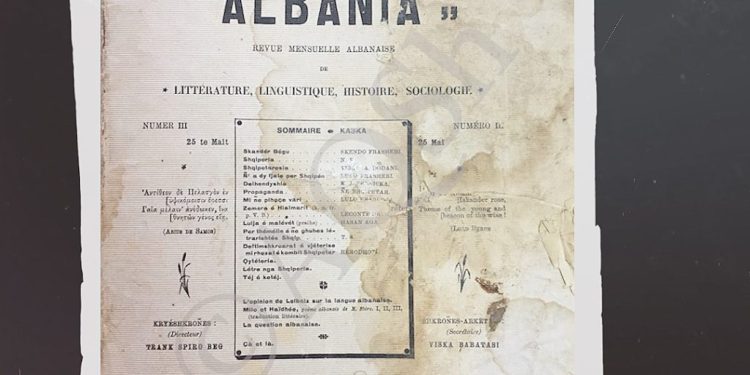
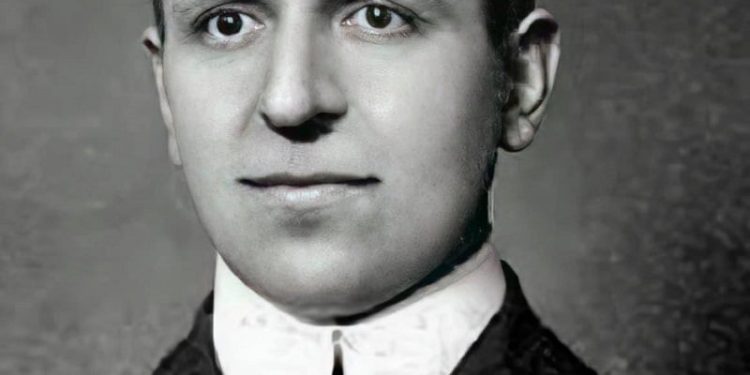
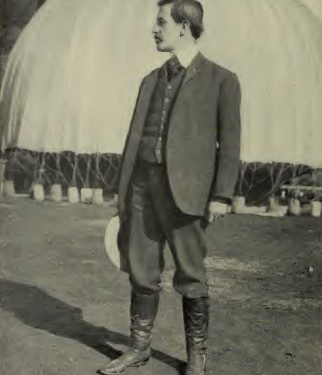
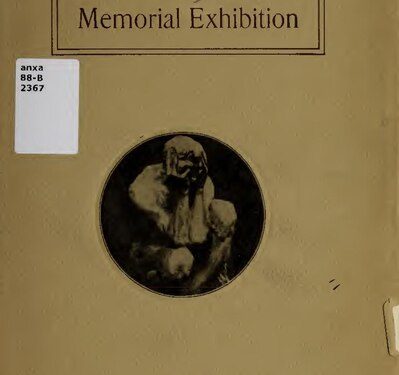
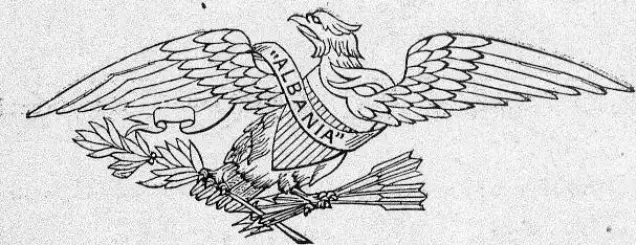
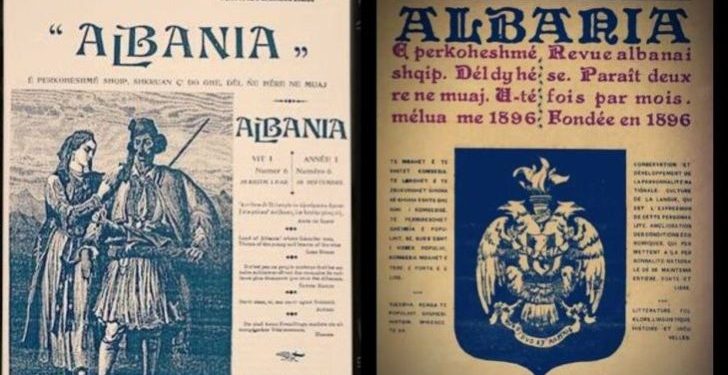
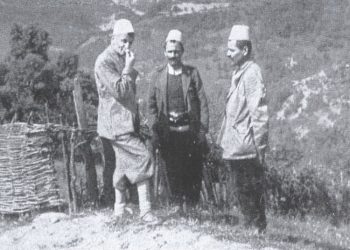
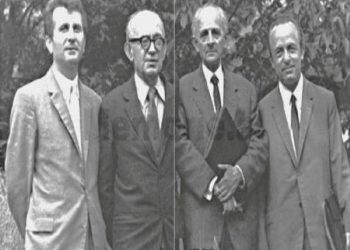
![“We hosted the German friend with wine, ‘Moskat’ raki that Enver [Hoxha] used to drink, but in his villa, he told me: ‘Hey Belul, who told you to accompany Strauss…?’”/ The rare testimony of the former Chairman of the Pogradec Committee](https://memorie.al/wp-content/uploads/2025/11/jozef-shtarus-350x250.jpg)

